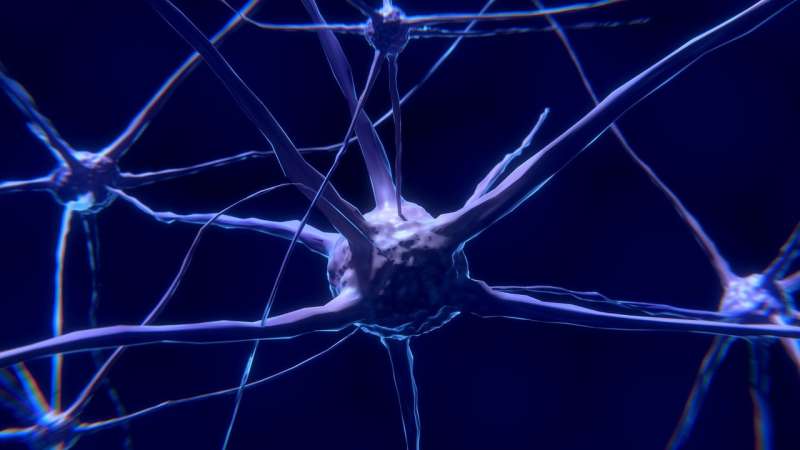Low-Oxygen Air Therapy Shows Promise in Slowing Parkinson's Disease and Restoring Movement in Mice

New research indicates that low-oxygen environments can protect neurons and reverse movement impairments in Parkinson's mouse models, opening new avenues for treatment strategies.
Recent groundbreaking research by scientists from the Broad Institute and Mass General Brigham suggests that exposure to a low-oxygen environment—comparable to the high altitudes like Mount Everest base camp—might have protective effects on the brain and improve motor functions in models of Parkinson's disease. The study, published in Nature Neuroscience, reveals that reducing oxygen intake can mitigate cellular dysfunction associated with Parkinson's, a neurodegenerative disorder affecting over 10 million people worldwide.
Parkinson's disease is characterized by the progressive loss of neurons and the accumulation of Lewy bodies, which interfere with mitochondrial function—the cell's energy powerhouses. Interestingly, clinical observations have hinted at a protective effect at high altitudes and in long-term smokers, both of whom experience altered oxygen levels in tissues.
In the experimental study, mice injected with alpha-synuclein proteins—mimicking Parkinson's pathology—were housed in chambers with either normal air (21% oxygen) or hypoxic conditions (11% oxygen, similar to high-altitude environments). After three months, mice kept in normoxic conditions displayed typical signs of neuronal loss and movement difficulties. In contrast, those exposed to hypoxia showed preserved neurons and improved motor functions, even after symptoms had begun to emerge. This indicates that low oxygen environments do not stop the formation of harmful protein aggregates but seem to protect neurons from their damaging effects.
The research further uncovered that Parkinson's-afflicted mice had elevated oxygen levels in certain brain regions, likely due to mitochondrial impairment that causes oxygen to accumulate, leading to cellular damage. Reducing overall oxygen appears to limit this damage, offering a novel approach to potentially treating Parkinson's or similar neurodegenerative diseases without directly targeting the toxic protein build-up.
While these results are promising, researchers caution against unsupervised exposure to low-oxygen environments for humans, as it can be dangerous. Instead, efforts are underway to develop pharmaceutical agents that mimic hypoxia's beneficial effects, termed "hypoxia in a pill," aiming to activate protective pathways within cells.
This study builds on prior investigations into hypoxia's role in protecting against mitochondrial diseases like Leigh syndrome and Friedreich's ataxia, highlighting a new paradigm for neurodegeneration treatment. The findings underscore the importance of mitochondrial health and oxygen regulation in neurodegenerative processes and open possibilities for innovative therapies in Parkinson's disease based on controlled hypoxia-mimicking strategies.
Source: https://medicalxpress.com/news/2025-08-oxygen-air-parkinson-movement-mice.html
Stay Updated with Mia's Feed
Get the latest health & wellness insights delivered straight to your inbox.
Related Articles
Transforming Global Health: Moving Beyond Grant-Dependent Systems
A groundbreaking study highlights the need to overhaul grant-dependent funding models in global health, advocating for systemic change to promote equity and true decolonization.
FDA Approves Papzimeos, a New Treatment for Adults with Recurrent Respiratory Papillomatosis
The FDA has approved Papzimeos, a groundbreaking immunotherapy for adults with recurrent respiratory papillomatosis, offering a new targeted treatment to reduce surgical interventions.
Updates on Access to COVID-19 Vaccines in 2025: What You Need to Know
Stay informed about the latest updates on COVID-19 vaccine recommendations, eligibility, and access in 2025 as regulatory and policy shifts influence vaccination strategies.
New Insights into Immune 'Hubs' Driving Joint Damage in Rheumatoid Arthritis
Kyoto University researchers identify immune 'hubs' and Tph cell dynamics as key contributors to joint damage in rheumatoid arthritis, paving the way for targeted therapies.



